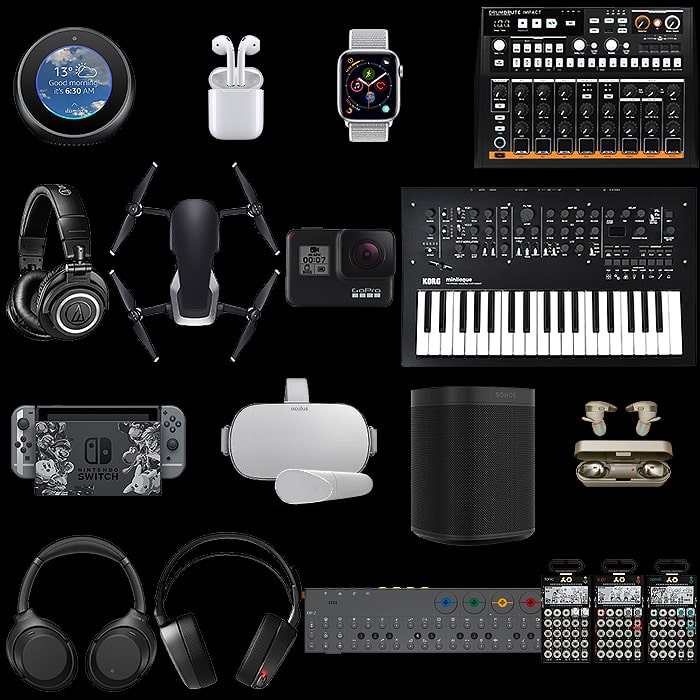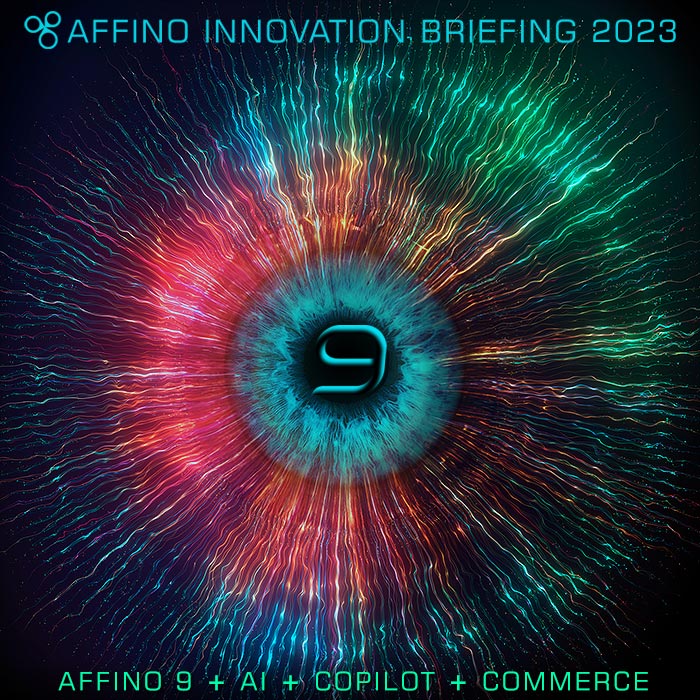The Equal Importance of Soft Marketing Power

There are several dimensions to marketing, and much like when you apply a paint brush to canvas, you use a variety of nuances in technique, touch, texture and detail to get your vision across fully dynamically. In marketing we talk about ’Push’ and ’Pull’, ’Leadership’ and ’Influence’. The classic push variety is a bold and brassy advertisement which hopefully visually punches the target audience right between the eyes - to make maximum impact. Yet the sales / conversion process is far more complicated than a single hit, or even a barrage of hits (5-7 OTSs). All the obvious, overt and tangible materiel needs subtle supporting collateral (sometimes subliminal) to nudge potential consumers fully over the line and over to your way of thinking.
In the last several months, I’ve seen a number of websites ditch their on-site blogs in favour of something like Medium. Reasoning that is has a larger audience and therefore more potential for discovery and influence. Yet these overlook the role such blogs have in setting the voice and personality of the website they sit on, and how they lend a degree of authenticity and authority. People coming onto your site, may be anywhere between 0% and 100% convinced / persuaded - and similarly un / predisposed to engaging in any of your primary calls to action.
A good blog will subtly underline the goals and brand voice of the site, and help improve the confidence of your potential customers, several of whom will know very little about you really. So on-site blogs are a great example of soft power, but there are several more equally influential aspects. Our website is liberally peppered with human portraits / avatars - appearing on most pages, and certainly all the key call-to-action ones. UK companies in general are quite poor at personifying and personalising customer experiences and engagement. The vast majority of UK websites feature no people portraits / avatars at all, and if they do, it is rarely in a capacity where customers can contact those persons in one way or another.
A website is often by its nature somewhat impersonal and anonymous, many people still find it somewhat challenging to communicate digitally. Named and pictured contacts on your website give further assurance and confidence to potential customers, especially if you also link through to social sites like LinkedIn, where customers can do further due diligence to establish that they are in fact dealing with real and genuine personalities. Far too few UK websites have an identifiable person or persons as customer service contacts. You can go one level further by including a community on your site - where you can peer-network with your customers, and they with each other - sharing support and advice. Having an on-site community with several active participants will certainly positively underline your credentials.
Whenever I approach a new company - most likely when I am about to buy a new product or service, I need to be able establish that the company is fully genuine and reputable. It does not matter how eye-catching or successful the initial advertising impetus or stimulus is, as soon as you land on the destination site, you need to have certain markers in place to inspire confidence. I always try to find a Contact page which lists out real people involved in the company, against a business address which I can run further checks on. I next ’triangulate’ the site by cross-referencing with relevant industry / sector business associations and directories, and then I scan through the site to get a flavour of what the company is about and whether its personality aligns with my needs.
A beautifully and elegantly designed interface does much to inspire confidence too, as do tiny little detail touches which show that someone has applied an extraordinary level of thought and attention. All these things are ’Soft Power’ - and many with no means of quantitative measurement. These elements together build the whole experience and increase your likelihood of impressing someone in a positive fashion. Design in every direction is the central focus of the Apple experience - not just the design of the devices and interfaces, but the cables and accessories, packaging and store layout - all those elements contribute.
We sometimes talk about a ’Feel Good Factor’ - ingenious little touches which bring a smile to your face. All these add up and make a difference. And with the current global economy and how competitive everything is all around the world, it is more important than ever to make a good impression. All these seemingly little things matter ...

Did you find this content useful?
Thank you for your input
Thank you for your feedback
Upcoming and Former Events
PPA Independent Publisher Conference and Awards 2023
Affino Innovation Briefing 2023
Press Gazette Future of Media Technology Conference 2023
PPA Awards 2023
Meetings:
Skype and Zoom
Registered Office:
55 Bathurst Mews
London, UK
W2 2SB
© Affino 2024






























